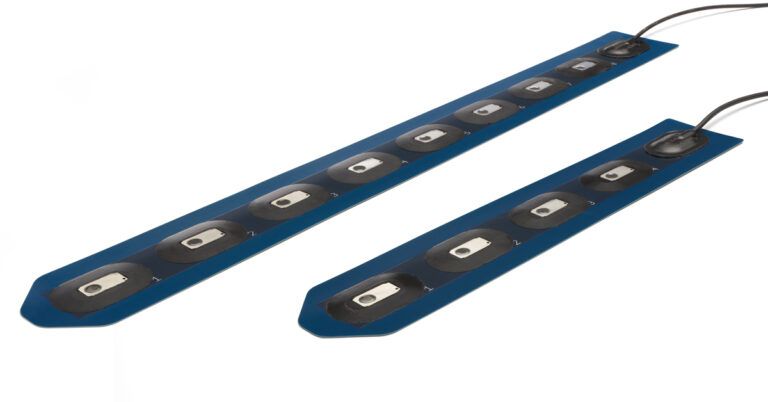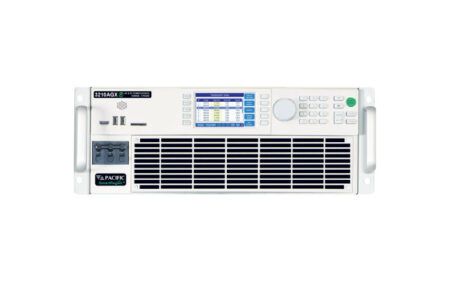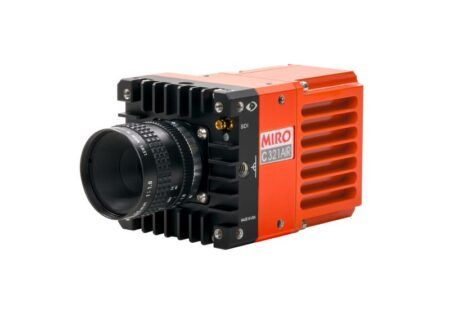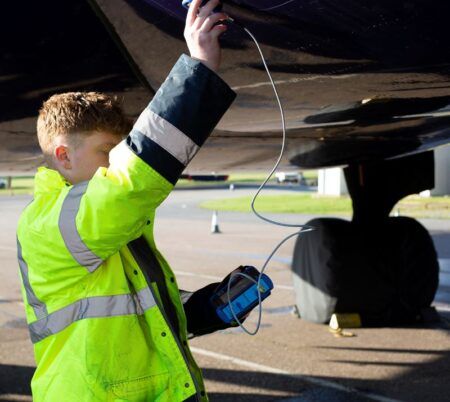A suite of highly precise and reliable microphones with extremely low-profiles of 1mm to reduce turbulence influence is expected to fundamentally change aeroacoustic testing in wind tunnels and in flight.
Computational Fluid Dynamics modeling is an important part of designing vehicles that move in airflow. However, airflow and turbulence is difficult to simulate and predict realistically — simulations have to be validated to provide useful information in the design process. For this reason, high-quality measurements are necessary.
Measuring turbulent boundary layer noise is likewise a complex business. Typically, flush-mounted pressure sensors and microphones are used so as not to disturb the airflow and not to introduce additional turbulence. However, the drawback is that you have to destruct the device under test. Where destructive testing is not possible, surface-mounted sensors are used with the risk of contaminating the results with self-induced turbulent noise due to the profile height of the sensor.
Only very small, thin and aerodynamically correctly shaped sensors can overcome these challenges – validating the modeling and supplying the additional measurement data needed. This is why GRAS has developed the new family of UTP (ultra-thin precision) microphones. Their form factor and easy mounting means that UTP microphones are suitable for in-situ boundary layer testing, when neutral impact and high precision is important.
The UTP family of microphones has been developed in close cooperation with the industry, and has been extensively tested for aerospace as well as automotive applications. The UTP microphones are suitable for test applications where traditional sensors are difficult to mount and where the boundary layer is thin, for example at the belly fairing, the karman or the cockpit window.
A version of the UTP microphone has been designed for wind tunnel testing of components or scale models. This version has a frequency range of up to 70kHz and a noise floor of only 54dB.
All microphones are calibrated to international standards at the GRAS HQ in Denmark. The UTP microphones can also be in-situ verified using a handheld calibrator with an adapter for sensitivity verification developed for planar or curved surfaces.
The UTP microphones combine all the advantages of the classical measurement microphone, wide frequency range, accuracy and repeatability, with an ultra-small form factor, at only 1mm in height. “Well aware that experimental tests are extremely expensive to do, we wanted to make it possible to capture quality data quickly, efficiently and in a repeatable manner,” says Lars G. Winberg, business development manager, aerospace & defense at GRAS.
Another feature is how fast and efficient mounting, demounting and remounting of both the single UTP microphones and UTP line arrays can be done. Hence, the single UTP microphones are easily mounted in a hard fairing that can be left as a permanent dock for future measurements.
The UTP line arrays are mounted using masking tape. Reproducing a previous setup can thus be done quickly and with the same geometry. GRAS also offers custom-made arrays with different spatial configurations.
With all the unique features of these UTP microphones, the industry now has a sensor for validation of CFD modeling as well as for verifying design changes. Due to the low profile, the microphones do not influence the airflow, and with the advantages of using traditional condenser microphones, the user can obtain accurate data traceable to international standards in a highly demanding environment.
In essence, the UTP microphones are flat, fast and precise, a revolutionary new design that has made it possible to combine a 0.25” condenser microphone with a form factor that makes it the world’s thinnest measurement microphone.
This article was supplied by GRAS





